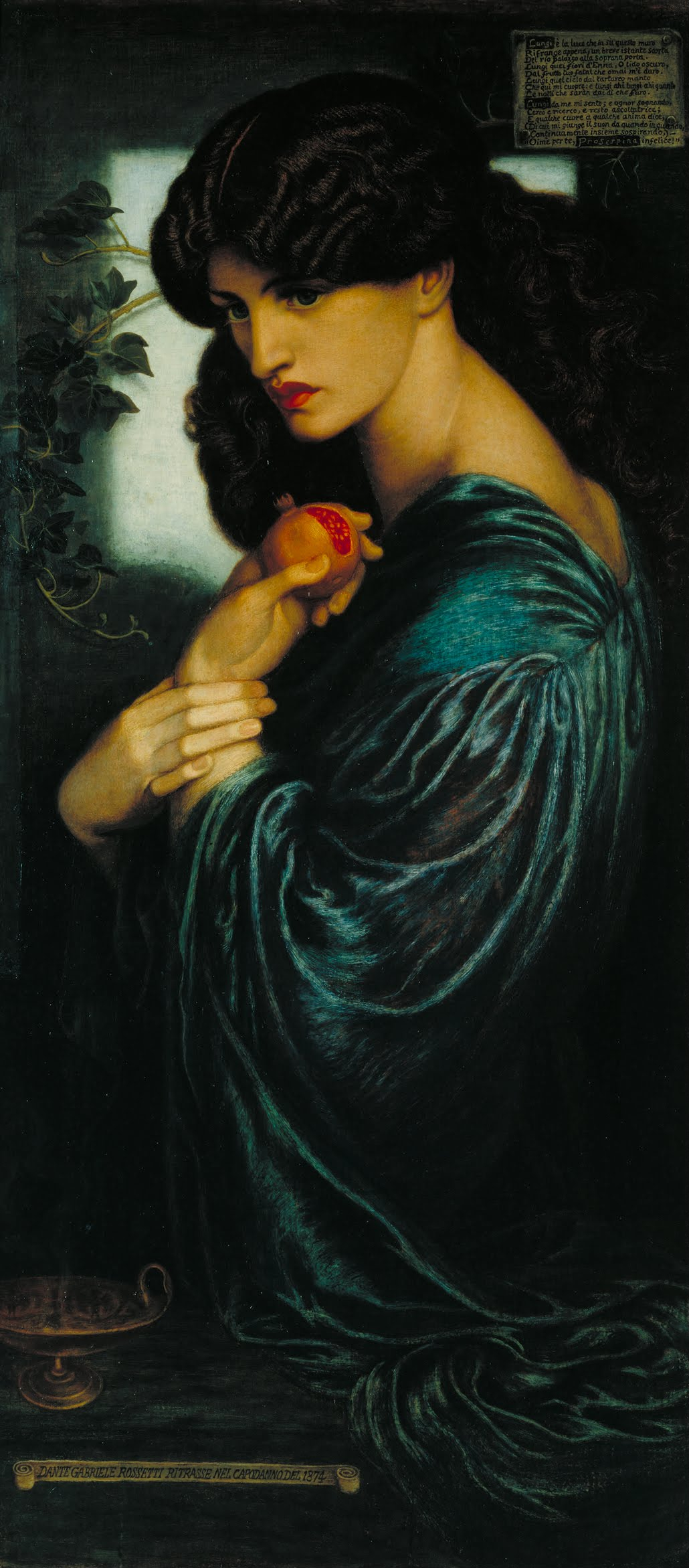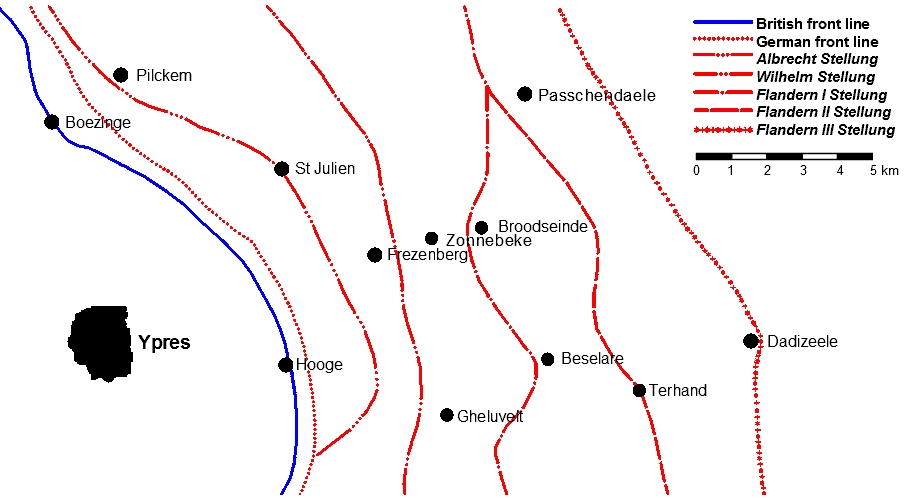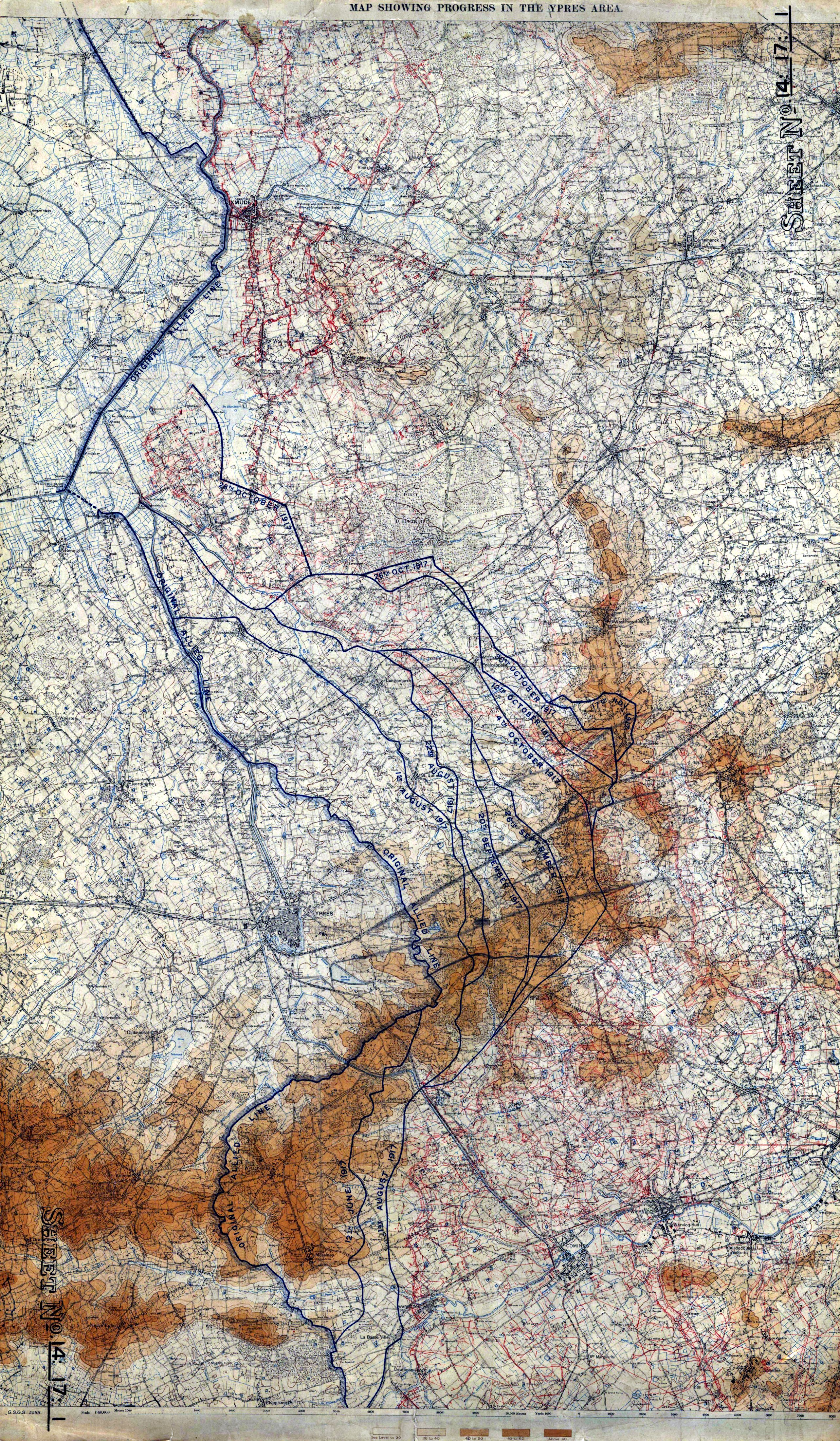|
David Jones (poet)
Walter David Jones CH, CBE (1 November 1895 – 28 October 1974) was a painter and modernist poet of partly Welsh background. As a painter he worked mainly in watercolour on portraits and animal, landscape, legendary and religious subjects. He was also a wood-engraver and inscription painter. In 1965, Kenneth Clark took him to be the best living British painter, while both T. S. Eliot and W. H. Auden put his poetry among the best written in their century. Jones's work gains form from his Christian faith and Welsh heritage. Biography Early life Jones was born at Arabin Road, Brockley, Kent, now a suburb of South East London, and later lived in nearby Howson Road. His father, James Jones, was born in Flintshire in north Wales, to a Welsh-speaking family, but he was discouraged from speaking Welsh by his father, who believed that habitual use of the language might hold his child back in a career. James Jones moved to London to work as a printer's overseer for the ''Christian Her ... [...More Info...] [...Related Items...] OR: [Wikipedia] [Google] [Baidu] |
Brockley
Brockley is a district and an electoral ward of south London, England, in the London Borough of Lewisham south-east of Charing Cross. History The name Brockley is derived from "Broca's woodland clearing", a wood where badgers are seen (''broc'' is the Old English for badger) or Brook (Stream) by a wood (Ley). Formerly part of the county of Kent, Brockley became a part of the Metropolitan Borough of Lewisham in the County of London in 1889, and subsequently was brought into the London Borough of Lewisham with the creation of Greater London in 1965. Brockley has its origins in a small agricultural hamlet of the same name located in the area of the " Brockley Jack" (rebuilt 1895), a large Victorian public house that today houses the Brockley Jack Theatre. Brockley Hall (demolished 1931) stood nearby and now gives its name to a road on a 1930s housing estate. Crofton Park railway station was built nearby in 1892 by the London, Chatham and Dover Railway. Situated just west to wha ... [...More Info...] [...Related Items...] OR: [Wikipedia] [Google] [Baidu] |
Pre-Raphaelite
The Pre-Raphaelite Brotherhood (later known as the Pre-Raphaelites) was a group of English painters, poets, and art critics, founded in 1848 by William Holman Hunt, John Everett Millais, Dante Gabriel Rossetti, William Michael Rossetti, James Collinson, Frederic George Stephens and Thomas Woolner who formed a seven-member "Brotherhood" modelled in part on the Nazarene movement. The Brotherhood was only ever a loose association and their principles were shared by other artists of the time, including Ford Madox Brown, Arthur Hughes and Marie Spartali Stillman. Later followers of the principles of the Brotherhood included Edward Burne-Jones, William Morris and John William Waterhouse. The group sought a return to the abundant detail, intense colours and complex compositions of Quattrocento Italian art. They rejected what they regarded as the mechanistic approach first adopted by Mannerist artists who succeeded Raphael and Michelangelo. The Brotherhood believed the Classi ... [...More Info...] [...Related Items...] OR: [Wikipedia] [Google] [Baidu] |
Eric Gill
Arthur Eric Rowton Gill, (22 February 1882 – 17 November 1940) was an English sculptor, letter cutter, typeface designer, and printmaker. Although the ''Oxford Dictionary of National Biography'' describes Gill as ″the greatest artist-craftsman of the twentieth century: a letter-cutter and type designer of genius″, he is also a figure of considerable controversy following revelations of his sexual abuse of two of his daughters. Gill was born in Brighton and grew up in Chichester, where he attended the local college before moving to London. There he became an apprentice with a firm of ecclesiastical architects and took evening classes in stone masonry and calligraphy. Gill abandoned his architectural training and set up a business cutting memorial inscriptions for buildings and headstones. He also began designing chapter headings and title pages for books. As a young man, Gill was a member of the Fabian Society, but later resigned. Initially identifying with the Arts an ... [...More Info...] [...Related Items...] OR: [Wikipedia] [Google] [Baidu] |
Walter Sickert
Walter Richard Sickert (31 May 1860 – 22 January 1942) was a German-born British painter and printmaker who was a member of the Camden Town Group of Post-Impressionist artists in early 20th-century London. He was an important influence on distinctively British styles of avant-garde art in the mid- and late 20th century. Sickert was a cosmopolitan and eccentric who often favoured ordinary people and urban scenes as his subjects. His work includes portraits of well-known personalities and images derived from press photographs. He is considered a prominent figure in the transition from Impressionism to Modernism. Decades after his death, several researchers and theorists suspected Sickert to have been the London-based serial killer Jack the Ripper, but the theory has largely been dismissed. Training and early career Sickert was born in Munich, Germany, on 31 May 1860, the eldest son of Oswald Sickert, a Danish artist, and his English wife, Eleanor Louisa Henry, who was the il ... [...More Info...] [...Related Items...] OR: [Wikipedia] [Google] [Baidu] |
Bernard Meninsky
Bernard Meninsky (25 July 1891–12 February 1950) was a painter of figures and landscapes in oils, watercolour and gouache, a draughtsman and a teacher.. Biography Early life and education Meninsky was born in Konotop, Ukraine, where his father was a tailor and the family were Yiddish-speaking Ukrainian Jews. They moved to Liverpool when Bernard was six weeks old. The family name was apparently 'Menushkin'. Although Meninsky left school at the age of eleven, his talent for art was demonstrated by the sale of a drawing to a local comic postcard business. While working as an errand boy during the day, he attended free classes in art in the evenings, and these enabled him to gain a place at the Liverpool School of Art. He studied there from 1906 to 1911, being financed by a succession of scholarships. He attended summer courses at the Royal College of Art, London, in August 1909 and August 1910, and in 1911 he won a scholarship to study at the Académie Julian in Paris for thre ... [...More Info...] [...Related Items...] OR: [Wikipedia] [Google] [Baidu] |
Westminster School Of Art
The Westminster School of Art was an art school in Westminster, London. History The Westminster School of Art was located at 18 Tufton Street, Deans Yard, Westminster, and was part of the old Royal Architectural Museum. H. M. Bateman described it in 1903 as: "... arranged on four floors with galleries running round a big square courtyard, the whole being covered over with a big glass roof. Off the galleries were the various rooms which made up the school, the galleries themselves being filled with specimens of architecture which gave the whole place the air of a museum, which of course it was." In 1904 the art school moved and merged with the Westminster Technical Institute, in a two-story building on Westminster's Vincent Square, established by the philanthropy of Angela Burdett-Coutts, 1st Baroness Burdett-Coutts in 1893. People associated with the School Academics and teachers * Adrian Allinson, art teacher (c. 1947) * Walter Bayes * Professor Frederick Brown, headm ... [...More Info...] [...Related Items...] OR: [Wikipedia] [Google] [Baidu] |
Walter Bayes
Walter John Bayes (31 May 1869 – 21 January 1956) was an English painter and illustrator who was a founder member of both the Camden Town Group and the London Group and also a renowned art teacher and critic. Biography Early life Bayes was born in St Pancras, London, the second of four children to Alfred Walter Bayes, a painter and etcher who exhibited regularly at the Royal Academy, and Emily Ann Fielden. Walter's sister, Jessie, was a designer in the Arts and Crafts style and his younger brother was the sculptor Gilbert Bayes. Walter Bayes attended the Quaker School at Saffron Waldon and then University College School before beginning work in a solicitor's office. He did not enjoy the work and in 1886 began to take evening classes at the City and Guilds of London Institute in Finsbury before studying full-time at the Westminster School of Art. In 1894 he spent a short period of time studying at the Academie Julian in Paris. Career By the turn of the century Bayes had al ... [...More Info...] [...Related Items...] OR: [Wikipedia] [Google] [Baidu] |
Trench Fever
Trench fever (also known as "five-day fever", "quintan fever" ( la, febris quintana), and "urban trench fever") is a moderately serious disease transmitted by body lice. It infected armies in Flanders, France, Poland, Galicia, Italy, Salonika, Macedonia, Mesopotamia, Russia and Egypt in World War I. Three noted cases during WWI were the authors J. R. R. Tolkien, A. A. Milne, and C. S. Lewis. From 1915 to 1918 between one-fifth and one-third of all British troops reported ill had trench fever while about one-fifth of ill German and Austrian troops had the disease. The disease persists among the homeless. Outbreaks have been documented, for example, in Seattle and Baltimore in the United States among injection drug users and in Marseille, France, and Burundi. Trench fever is also called Wolhynia fever, shin bone fever, Meuse fever, His disease, and His–Werner disease or Werner-His disease (after Wilhelm His Jr. and Heinrich Werner). The disease is cau ... [...More Info...] [...Related Items...] OR: [Wikipedia] [Google] [Baidu] |
Battle Of Passchendaele
The Third Battle of Ypres (german: link=no, Dritte Flandernschlacht; french: link=no, Troisième Bataille des Flandres; nl, Derde Slag om Ieper), also known as the Battle of Passchendaele (), was a campaign of the First World War, fought by the Allies against the German Empire. The battle took place on the Western Front, from July to November 1917, for control of the ridges south and east of the Belgian city of Ypres in West Flanders, as part of a strategy decided by the Allies at conferences in November 1916 and May 1917. Passchendaele lies on the last ridge east of Ypres, from Roulers (now Roeselare), a junction of the Bruges-(Brugge)-to-Kortrijk railway. The station at Roulers was on the main supply route of the German 4th Army. Once Passchendaele Ridge had been captured, the Allied advance was to continue to a line from Thourout (now Torhout) to Couckelaere ( Koekelare). Further operations and a British supporting attack along the Belgian coast from Nieuport ( Nieuw ... [...More Info...] [...Related Items...] OR: [Wikipedia] [Google] [Baidu] |
Pilckem Ridge
The Battle of Pilckem Ridge (31 July – 2 August 1917) was the opening attack of the Third Battle of Ypres in the First World War. The British Fifth Army, supported by the Second Army on the southern flank and the French (First Army) on the northern flank, attacked the German 4th Army, which defended the Western Front from Lille northwards to the Ypres Salient in Belgium and on to the North Sea coast. On 31 July, the Anglo-French armies captured Pilckem (Flemish: Pilkem) Ridge and areas on either side, the French attack being a great success. After several weeks of changeable weather, heavy rain fell during the afternoon of 31 July. In the XIX Corps area in the centre and on the right of XVIII Corps, three reserve brigades advanced from the black line to the main objective (green line) and pressed on towards the red line, the furthest that exploitation on local initiative had been allowed for in the plan. It began to rain, cutting off the advanced British troops from view ... [...More Info...] [...Related Items...] OR: [Wikipedia] [Google] [Baidu] |
Ypres Salient
The Ypres Salient around Ypres in Belgium was the scene of several battles and an extremely important part of the Western front during the First World War. Ypres district Ypres lies at the junction of the Ypres–Comines Canal and the Ieperlee. The city is overlooked by Kemmel Hill in the south-west and from the east by low hills running south-west to north-east with Wytschaete ( Wijtschate), Hill 60 to the east of Verbrandenmolen, Hooge, Polygon Wood and Passchendaele ( Passendale). The high point of the ridge is at Wytschaete, from Ypres, while at Hollebeke the ridge is distant and recedes to at Polygon Wood. Wytschaete is about above the plain; on the Ypres–Menin road at Hooge, the elevation is about and at Passchendaele. The rises are slight, apart from the vicinity of Zonnebeke, which has a From Hooge and to the east, the slope is near Hollebeke, it is heights are subtle but have the character of a saucer lip around Ypres. The main ridge has spurs sloping e ... [...More Info...] [...Related Items...] OR: [Wikipedia] [Google] [Baidu] |
38th (Welsh) Infantry Division
The 38th (Welsh) Division (initially the 43rd Division, later the 38th (Welsh) Infantry Division and then the 38th Infantry (Reserve) Division) of the British Army was active during both the First and Second World Wars. In 1914, the division was raised as the 43rd Division of Herbert Kitchener's New Army, and was originally intended to form part of a 50,000-strong Welsh Army Corps that had been championed by David Lloyd George; the assignment of Welsh recruits to other formations meant that this concept was never realised. The 43rd was renamed the 38th (Welsh) Division on 29 April 1915, and shipped to France later that year. It arrived in France with a poor reputation, seen as a political formation that was ill-trained and poorly led. The division's baptism by fire came in the first days of the Battle of the Somme, where it captured Mametz Wood at the loss of nearly 4,000 men. This strongly held German position needed to be secured in order to facilitate the next phase of the So ... [...More Info...] [...Related Items...] OR: [Wikipedia] [Google] [Baidu] |







